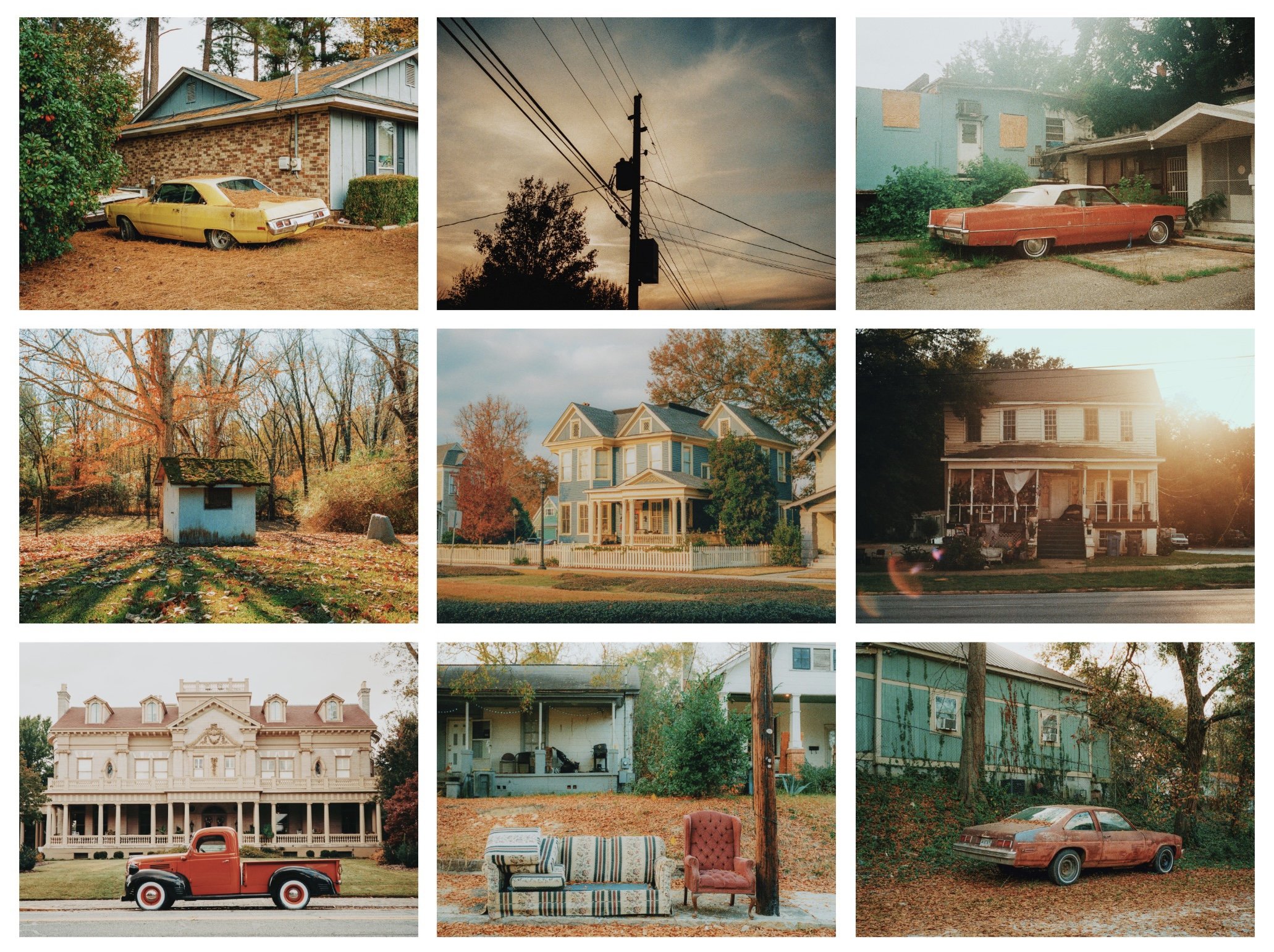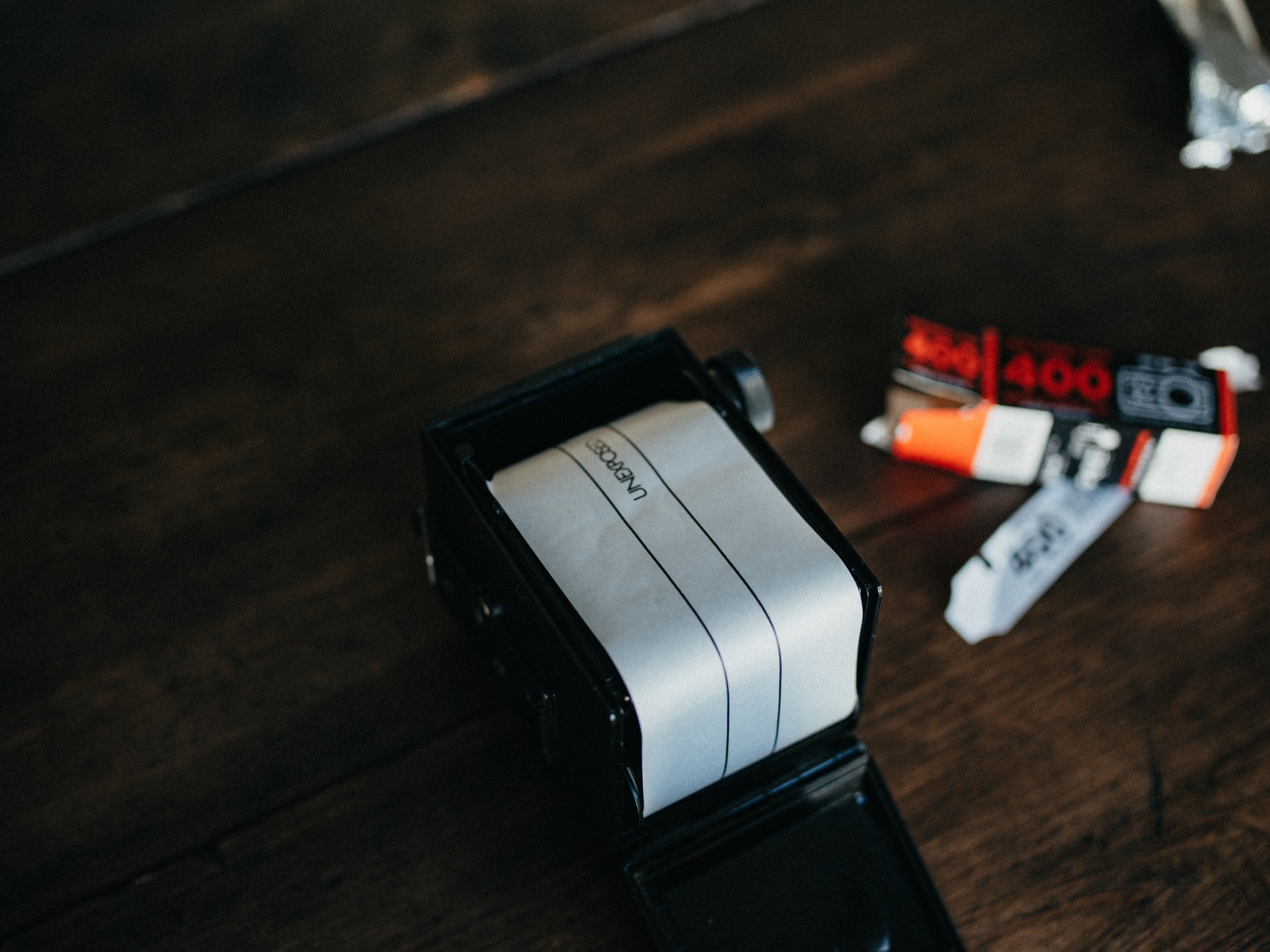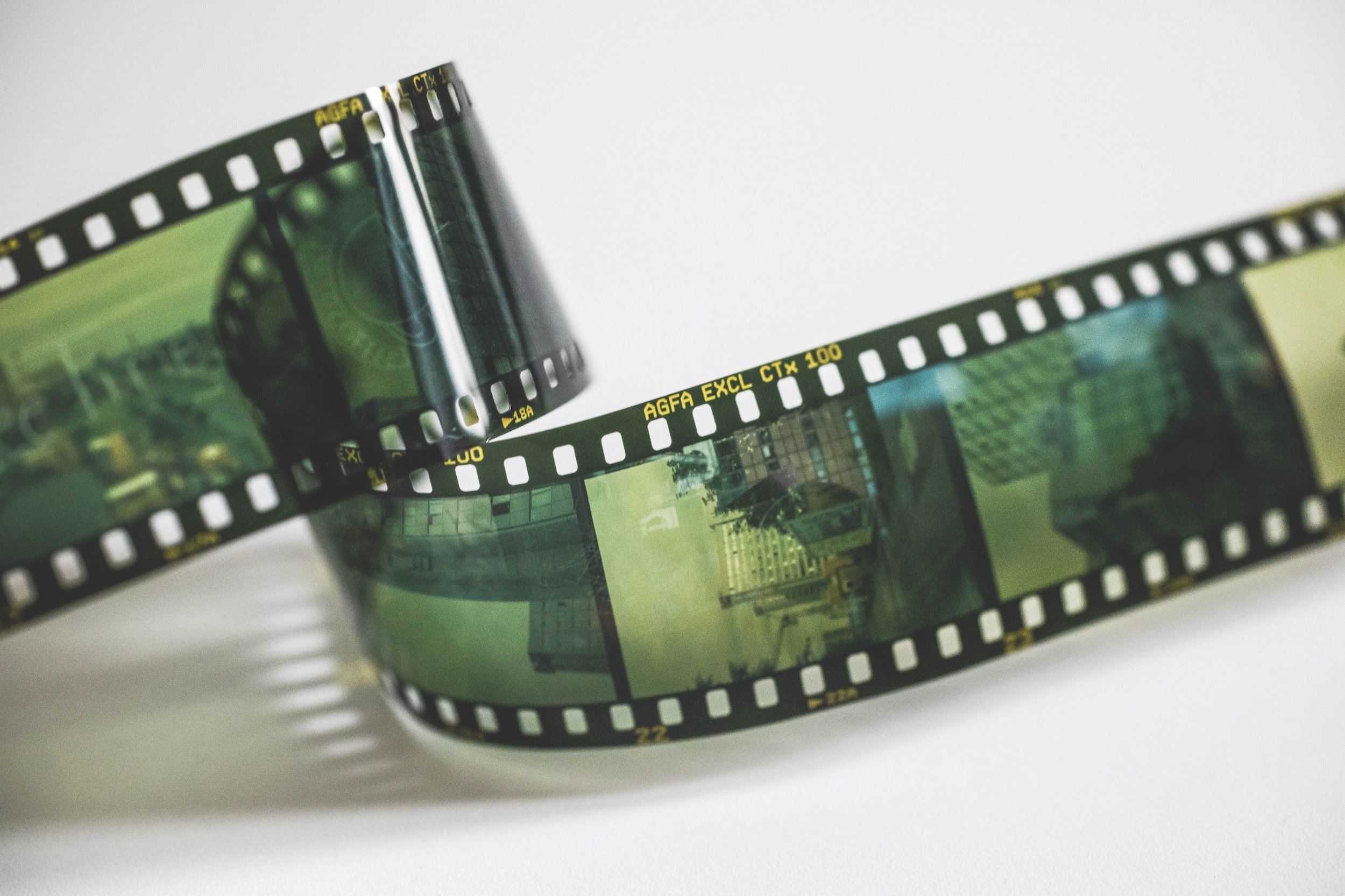Why I Choose Film Over Digital in 2023
Kelsey Smith Photography©
*Disclosure: This post may contain affiliate links that at no additional cost to you, I may earn a small commission.
The rapid advancements in digital photography have transformed the landscape of image-making, offering photographers countless tools and conveniences at their fingertips. However, despite the widespread adoption of digital technology, many photographers, including myself, continue to be drawn to the enchanting world of film. In an age where megapixels and instant gratification dominate the conversation, the allure of film remains steadfast. In this blog post, I'll delve into the reasons why I choose film over digital photography in 2023, exploring the unique characteristics and experiences that make the analog medium so captivating to artists and enthusiasts alike.
The Physical and Hands-On Experience
One of the most appealing aspects of film photography is the tangible, hands-on process involved in creating an image. From loading the film into the camera to developing the negatives and printing the photos, each step requires a level of care and attention to detail that encourages a deeper connection with one's work. This tactile experience is a stark contrast to the often impersonal nature of digital photography, where countless images can be captured and stored on a memory card with a few simple clicks. Film photography invites us to slow down, be mindful of each frame we shoot, and truly immerse ourselves in the creative process. The physicality of working with film, combined with the anticipation of seeing the final results, makes every photograph feel like a labor of love and a true artistic accomplishment.
The Unique Aesthetic
One of the most compelling reasons to choose film over digital photography in 2023 is the undeniable aesthetic appeal that film images possess. Film photography is characterized by its distinct color palette, natural grain, and the potential for charming imperfections, such as light leaks or occasional color shifts. These unique qualities give film images a certain warmth, depth, and character that can be difficult to replicate with digital photography.
The beauty of film lies in its ability to embrace the imperfect, celebrating the subtle nuances and organic qualities that make each photograph truly one-of-a-kind. This inherent imperfection can evoke a sense of nostalgia, transporting viewers to a different time and place. Furthermore, the process of shooting on film often results in a more organic and authentic representation of the subject matter, as photographers are encouraged to work with the inherent characteristics of the medium, rather than striving for a sterile, flawless image.
Choosing film over digital photography allows photographers to explore and experiment with the unique visual language that film provides. This exploration can lead to the development of a distinctive style, helping artists to stand out in a saturated market where digital images often converge towards similar aesthetics. In a world where digital perfection is often the norm, film photography offers a refreshing alternative that values authenticity, character, and the beauty of imperfection.
Film's Magical Development Process
Developing film is a fascinating process that brings a sense of wonder and excitement that digital photography can't quite match. As the hidden images appear from the development tank, it feels like a magical transformation, unveiling the intricate secrets within the film. This moment highlights the amazing chemical reactions that happen behind the scenes, turning light-sensitive materials into lasting, physical memories.
This transformation reminds us of the perfect mix of chemistry and art within film photography, and it also helps us appreciate the medium even more. Each developed photo is like a small miracle, showing the photographer's skill, patience, and the beautiful combination of light, time, and chemistry. This magical experience of seeing your captured moments come to life adds a sense of awe and joy to film photography, making it even more special in a world that's becoming more and more digital.
The Anticipation and Surprise
Film photography offers a unique thrill that stems from the element of surprise, setting it apart from the immediacy of digital photography. While digital cameras provide instant gratification by allowing you to review your images right away, film photography demands patience and trust in your photographic skill. This anticipation builds up throughout the entire process, making it all the more exhilarating when the time comes to view your developed photos. It's akin to the excitement of unwrapping a gift on Christmas morning, with the suspense and curiosity heightening the joy of finally discovering what lies beneath the wrapping. This aspect of film photography adds an extra layer of emotion and connection to the art, turning each roll of film into a thrilling adventure, filled with potential surprises and unexpected results that can only be fully revealed once the film is developed.
Embracing Imperfection
Film photography allows us to appreciate the beauty in imperfections and celebrate the unpredictable nature of the medium. As digital technology strives for pixel-perfect images, film reminds us that there's something special about the quirks and subtle imperfections that it brings to our photos. The presence of grain, the occasional light leak, and even a touch of soft focus all add a distinctive quality to each photograph, making them more personal and memorable.
These imperfections serve as a reminder that the pursuit of perfection is not the ultimate objective in photography. Instead, we should focus on capturing the raw emotions, authentic moments, and the essence of the subjects we photograph. By embracing these flaws, we can create images that tell more genuine and captivating stories, leaving a lasting impression on those who view them.
Kelsey Smith Photography©
The Soul of Film Photography
Film photographs exude a captivating soul and emotional depth that sets them apart from digital images. This enigmatic essence, which is difficult to define or replicate, adds a layer of profound emotion and character to each frame, elevating the visual narrative and resonating with viewers on a deeper level. The distinct qualities of film, such as its grain and tonal range, contribute to this unique atmosphere, drawing the viewer in and evoking a sense of nostalgia and timelessness.
Moreover, the cameras used for film photography further enhance the charm and allure of the medium. The intricate mechanics and vintage aesthetic of film cameras provide a tactile and immersive experience for the photographer, as each component and function is carefully designed and crafted. This connection to the physicality and mechanics of the camera adds an extra dimension of satisfaction and pleasure to the creative process, amplifying the sense of accomplishment when capturing a truly memorable image. In embracing the soulful nature of film photography, both the photographer and the viewer are rewarded with a richer, more authentic visual experience that transcends the boundaries of digital perfection.
Conclusion
In 2023, choosing to use film for my photography may seem like a step back in time, but it is a conscious decision rooted in the desire to preserve the artistry, magic, and wonder of this timeless medium. The physical, hands-on nature of film photography, the anticipation of the unknown, the appreciation for imperfection, and the soulful essence of film images all contribute to the unique appeal of this beloved art form. As a film photographer, I am committed to keeping the magic of film alive and sharing its enchanting allure with the world.
Everything you need to get started with 35mm film:
Cameras - eBay
Film - Amazon
Cinestill CS41 Developing Kit - Amazon
Epson V600 Flatbed Scanner - Amazon





